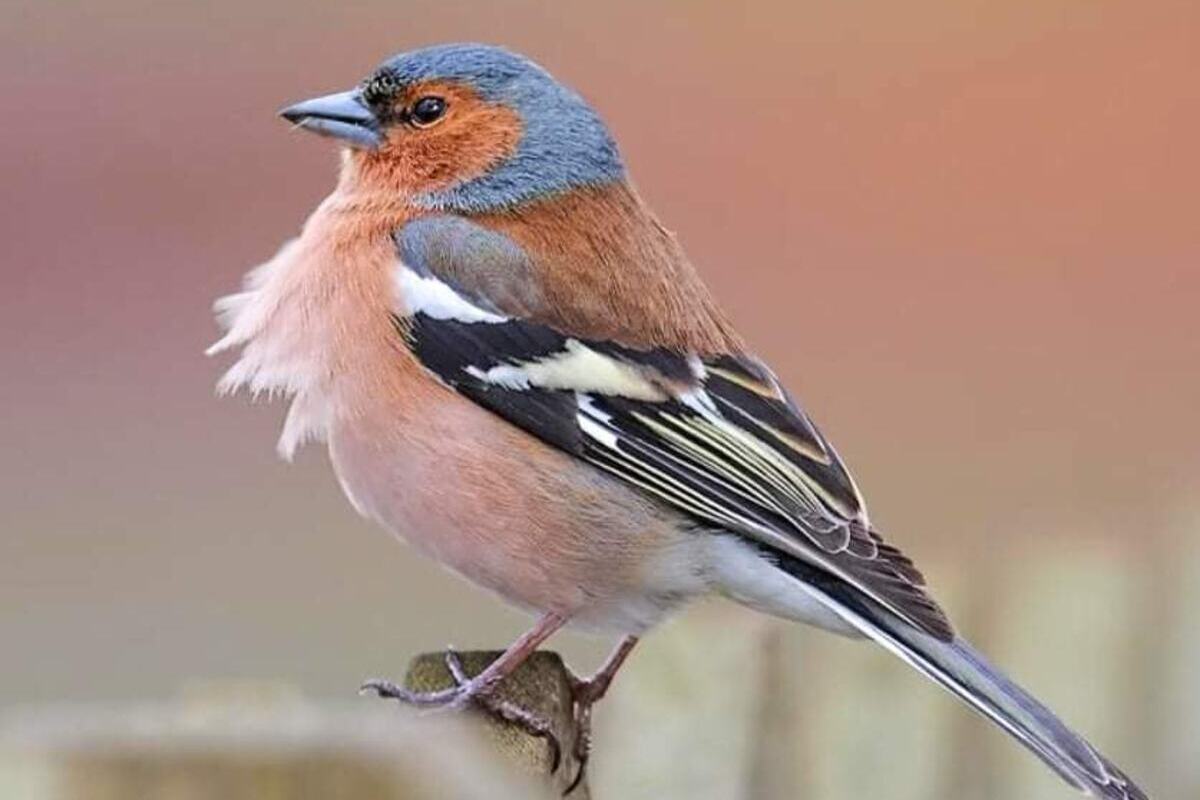Finches are among the most widespread and recognizable songbirds in Europe. They are often seen in forests, gardens, parks, and even urban environments. Males are known for their colorful plumage and melodic songs, while their lively nature makes them fascinating to observe. Despite their small size, finches display a range of intriguing behaviors and adaptations. Here is a collection of interesting facts that will help you see these birds from a new perspective.
- The finch is one of the most numerous songbirds in Europe and is also found in parts of North Africa and Western Asia. It can adapt to a wide variety of habitats, from dense forests to city parks. Thanks to its adaptability, the finch survives well in changing climates and landscapes.
- Male finches have bright, eye-catching plumage with shades of blue, reddish, and green. Females are more modestly colored, which helps them stay hidden while incubating eggs. This sexual dimorphism is typical of many songbird species.
- Finches have melodic and regionally varied songs. Males sing to mark their territory and attract females during the breeding season. Some individuals even imitate parts of other birds’ songs, creating local dialects.
- Finches belong to the finch family and have short, strong beaks ideal for cracking seeds. Their diet is primarily seed-based, but in spring and summer they also consume insects. This helps them feed their chicks with necessary protein during nesting.
- During the breeding season, males build display nests to attract females, while females construct the actual nest for raising young. The nest is typically well-hidden among branches and shaped like a cup. Materials used include moss, grass, spider silk, animal fur, and feathers.
- Finches from northern regions migrate seasonally to avoid harsh winters. In autumn, they move south to milder climates and return in spring. In warmer regions, they tend to stay year-round without migrating.
- Male finches return to breeding grounds earlier than females to claim the best territories. They defend these areas vigorously against other males. Early arrival improves their chances of successful mating.
- Outside of the breeding season, finches become social and form flocks. They often mix with other small bird species such as tits or greenfinches. Flocking behavior helps them avoid predators and find food more efficiently.
- In the wild, finches usually live for 2 to 3 years, although some individuals can reach 5 to 7 years. Main causes of death include predation, cold winters, and food shortages. In captivity, they can live longer under proper care.
- Finches play an important ecological role by spreading seeds and controlling insect populations. Because of their abundance and sensitivity to environmental changes, they are often used by ornithologists as indicators of ecosystem health. Monitoring their numbers helps assess the impact of habitat loss and climate change.
- These birds are highly responsive to environmental degradation, such as deforestation and pollution. Loss of natural nesting sites can lead to a decline in population. However, their ability to adapt allows them to colonize new habitats, including suburban and urban areas.
- Finches frequently appear in art, poetry, and even on postage stamps. Their bright plumage and cheerful song have inspired nature lovers and artists for centuries. In many cultures, they symbolize spring, renewal, and hope.
- In many countries, finches are favorites among birdwatchers. They are easy to spot near feeders, in gardens, and in public parks, especially in spring. Their active behavior and charming appearance attract both children and adults.
- Despite being common, finches show remarkable behavioral and regional diversity. In some areas, they have even been observed hybridizing with other finch species. This makes them a valuable subject for scientific research.
Finches are not just small woodland birds but vital parts of natural ecosystems. These interesting facts reveal the complexity and value of their lives in the wild. You may not have realized how intelligent, adaptable, and ecologically important these birds are. Observing finches is a rewarding way to connect with nature and appreciate its wonders.





